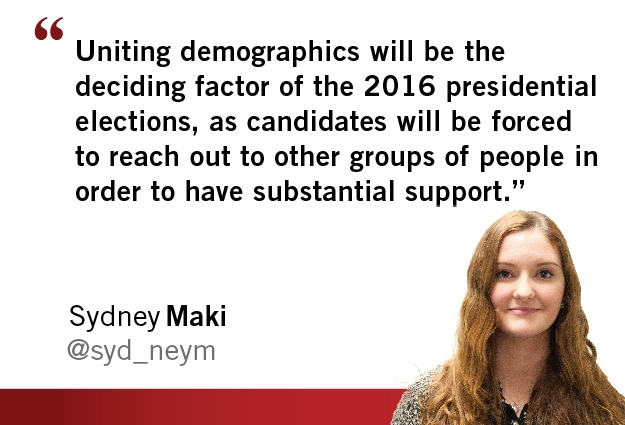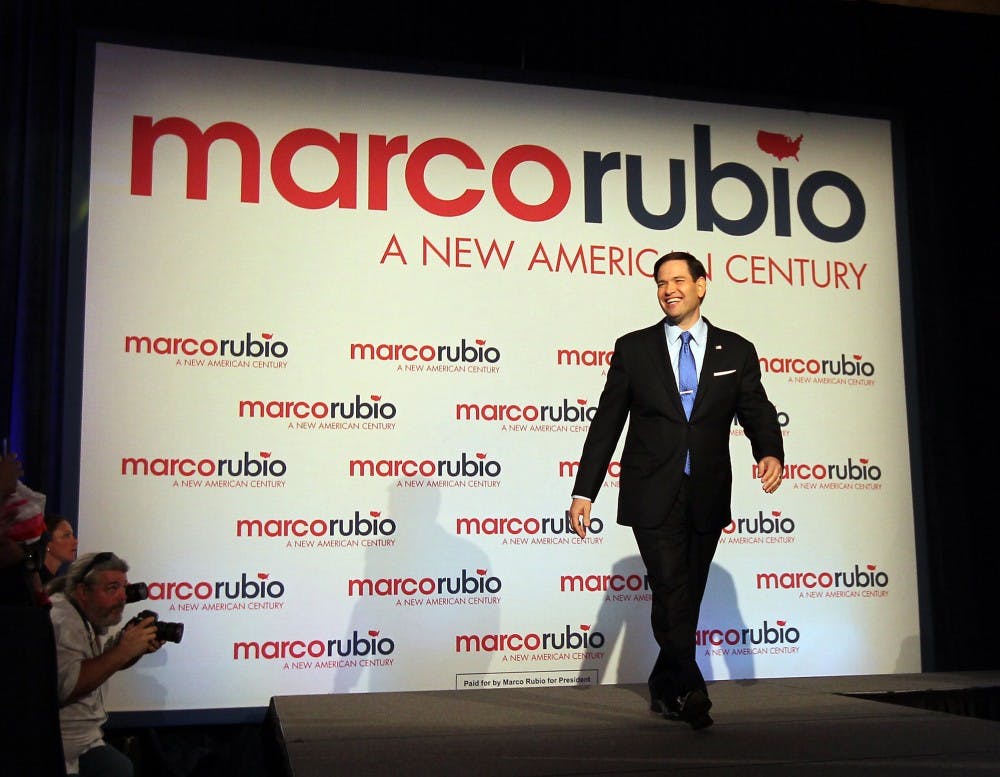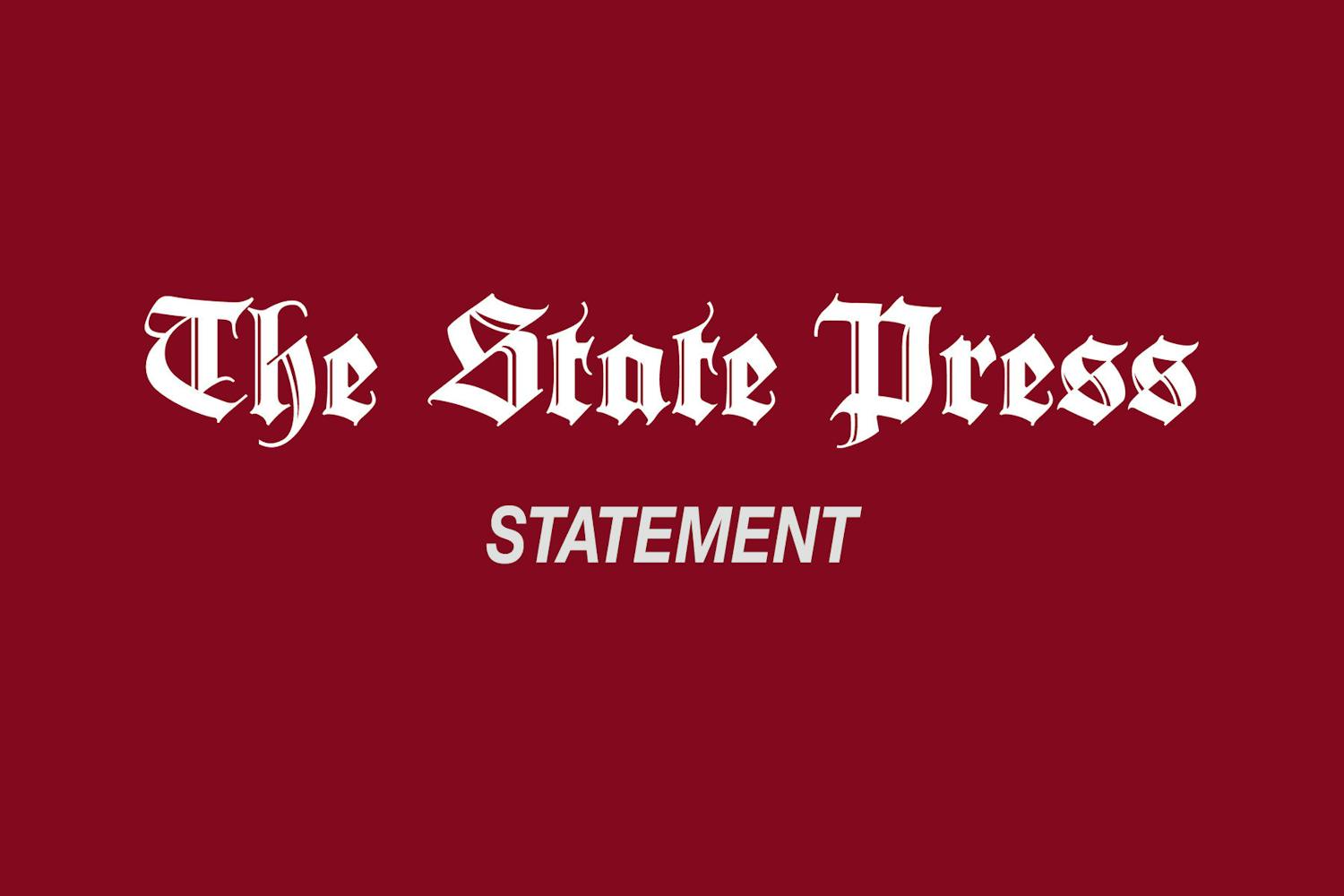There are at least 16 individuals who, according to the New York Times, are running or likely will be running for office in the 2016 presidential election. With about 500 days until Election Day, there are 12 serious Republican candidates and only four Democratic candidates.
If you have been following the election at all, you know at least one thing — Hillary Clinton will be running for president. You may not, however, be able to rattle off all 12 of the Republican candidates.
Clinton released an announcement video, quickly affirming rumors and establishing herself as a force to be reckoned with. Other candidates have made their announcements, too, but none have spurred as much conversation as Clinton’s. For now, she may end up running against at least four other Democratic nominees in the primary elections. However, there could be triple the number of names on the Republican primary election ballot.

The unequal number of partisan participants will split the vote. With no clear front-runner for the Republican party, Clinton has an unambiguous advantage. Of course, as campaigning commences, the more popular nominees will become better known to the public.
The Democratic Party is being presented as a more united party than its Republican counterpart due to the simple quantity difference in presidential nominees. The Republican primary election vote may have to split between 12 candidates, making it harder for just one individual to win the U.S.'s affection. As Clinton has and will continue to be in the public’s eye, it may be harder for a clear opponent to challenge her until much closer to the election, after the primaries.
In the Times' story outlining the 2016 presidential candidates, the four potential Democratic candidates are Hillary Clinton, Martin O’Malley, Jim Webb and Lincoln Chafee. The 12 possible Republican candidates are Ted Cruz, Rand Paul, Marco Rubio, Jeb Bush, Scott Walker, Chris Christie, Mike Huckabee, Rick Santorum, Rick Perry, Bobby Jindal, Carly Fiorina and Ben Carson. The list of names ranges from relatively well-known to a few people many have never heard of.
Of course, more Republican campaigning is going to pool more Republican support, which could backfire on the Democrats' more united strategy. As a dozen big-named, well-endowed candidates meander the U.S., Republicans will rally their support and their donations. Theoretically, this could help the party establish a larger voter base and ultimately help unite several demographics to vote Republican, regardless of the candidate.
Uniting demographics will be the deciding factor of the 2016 presidential elections, as candidates will be forced to reach out to other groups of people in order to have substantial support. Emerging demographic groups such as millennial and Hispanic voters are becoming more important to candidates, as they vie for extra numbers. This will either prove to be beneficial or harmful for many of the candidates.
For the Democratic Party, this could be easier. As the already well-publicized face of the party, Clinton can focus on expanding the demographics that make up her voters. There may be less focus on her blue competition during the primary elections. Therefore, the party will be able to gather its singular system of beliefs and invite more U.S. citizens to identify with it. On the other side of this, the Republican nominees will most likely be focusing on making it through the primaries, campaigning to right-wing voters and providing a large array of differing ideals and promises, differing by candidate. With scattered support for the numerous candidates, however, it may be more difficult to win the support of different, undecided demographics.
The unbalanced number of candidates from each party will prove to be a major factor in determining who moves on from the primary elections. Republicans may find it difficult to build support for a single candidate when there are a dozen from which to choose.
Reach the columnist at smmaki@asu.edu or follow @Syd_neym on Twitter.
Like The State Press on Facebook and follow @statepress on Twitter.
Editor’s note: The opinions presented in this column are the author’s and do not imply any endorsement from The State Press or its editors.
Want to join the conversation? Send an email to opiniondesk.statepress@gmail.com. Keep letters under 300 words and be sure to include your university affiliation. Anonymity will not be granted.




